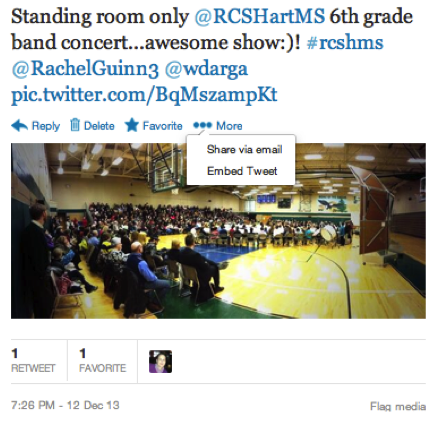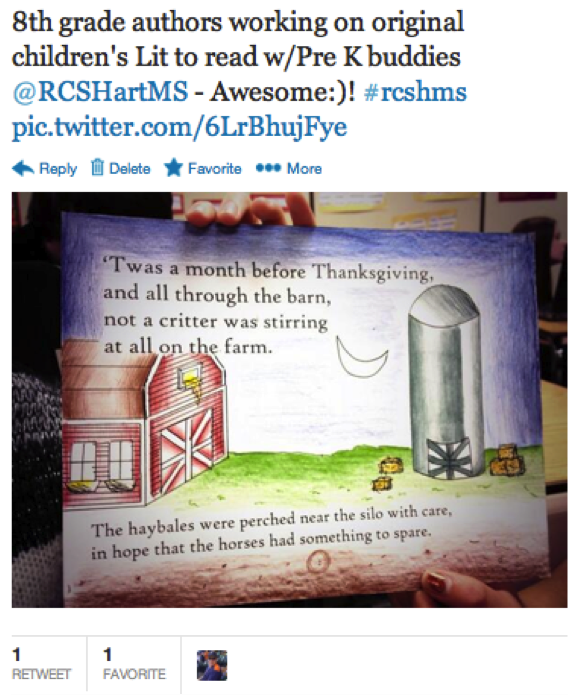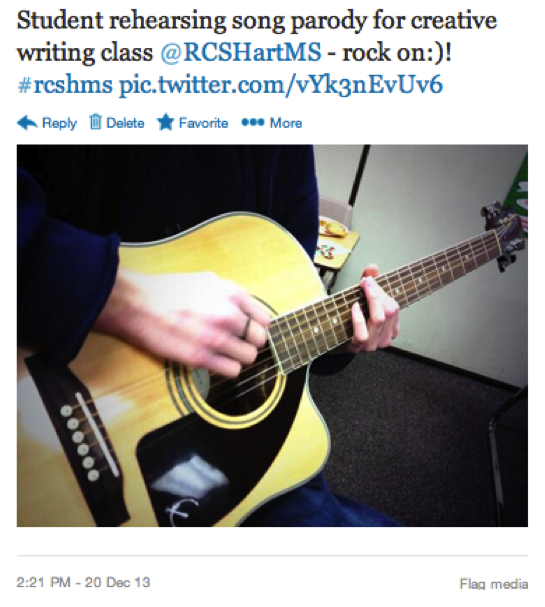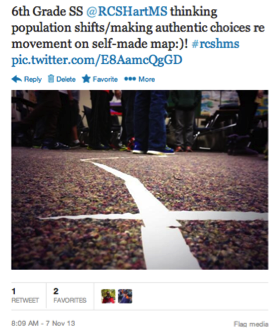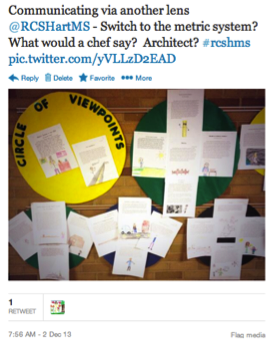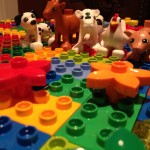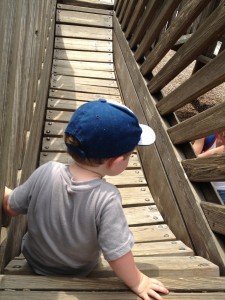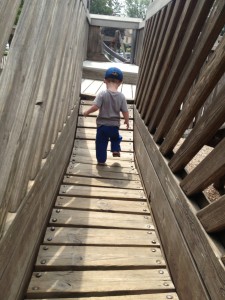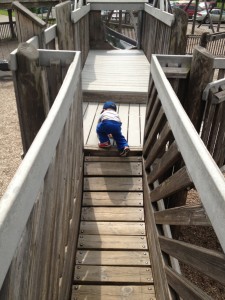A Fun *Way to Celebrate The Incredible Work Our Teachers Do
One Way
One of my favorite things about being a school administrator is that I get to spend lots of time with a whole bunch of phenominal teachers and a ton of incredible students. It’s been an amazing growth expirence for me as an educator. From a leadership perspective, I belive that support, encouragement, and celebration are three key ingredients for perpetuating healthy learning communities in classrooms, in school buildings, throughout districts, across entire states, around the country, and globally. It’s one of my core values. Twitter has been helping me transtate that value into action in my school community and beyond.
You may have already known that it’s quite easy to email a tweet. If you didn’t, now you do. Check it out. Below is a tweet I sent from our 6th grade band concert. A rocking musical event! Focus on the three dots next to the word “more.” Clicking on those dots provides a drop down menu that offers a couple of options. The “Share via email” option is your Huckleberry in this case. Click it, and you’re off to the races. My admin team and I have been taking pictures of some of the great instrcution happening in our builidng. We’ve been tweeting them, displaying them on our website, and sharing them through our facebook page.
One of the practices that’s brought us a lot of joy and helped to further connect us with our community of rockstar teachers is following up with an e-mail of acknowledgment/apprecitation. I highly recommend it. It helps to perpetuate an ongoing diologue, it invites collaboration, and it reminds everyone involved that the great work happening in the classrooms and the hallways of our school is what it’s all about!
If you want to take it a step further, use a hashtag to archive as you go. We’re using #rcshms (Rochester Community Schools – Hart Middle School). In doing so, we can backtrack, share at any given moment, revisit with individuals and groups, or even scrapbook if we want! It’s an easy way to chart your course.
Some Awesome Ways
Make It Fun, Make It Relatable, Make It Interesting
This teacher brought his bike tredmill into school to deal with ratios. He gave the students some information about the size of the tire, then asked them to do some computations. They were able to visualize the concept as they worked. It was engaging. It brought fun and energy into what might have otherwise been a stessful and even intimidating learning expireince for some. The shared enthusiasm for learning and application was palpable!
Get Creative, Connect To Application
With some rulers, some tape, and some string, this teachers was able to help his group connect the curriculum to natural environment application. He introduced the lesson with a story about how he actuatlly used the same set-up in a building project that he did at home over the summer. His students had an opportunity to use the makeshift tool outside of the classroom. They got a taste of how math applies to everyday life, and how deeply connceted innovation and imagination are. It was good stuff!
Give Options, Tap Interests And Abilities
These pictures represent some of what this incredible Language Arts teacher uses to promote her students’ achievement…their interestes and abilities. We’ve got art, we’ve got music, we’ve got passion and engagement! Allowing students to deisgn their pathways to achivement in the creative writing process fosters a sense of autonomy, and a allows for feelings of competence as their work unfolds. Also, it’s fun for them to share their talents with one another.
Put Them In Other Peoples Shoes
Facilitating a process by which students are encouraged to view the world from multiple perpectives is a great way to help them expand their own. Above you see three examples of activites in which students had opportunities to think/work from a lens other than their own. Writing about potentially adopting the metric system from the perpective of a chef, being hired to design a sound-efficient living room, or deciding where to live based on actual historical events, each perpetuates authentic learning and growth.
*This post represents the first in a new series I’m calling “ways.” When I see, read about, or otherwise come across great ways to engage learners in development and growth, I’m going to consider adressing them under this category. I anticipate that the focused reflection will enhance my learning process as it relates to application, and I hope that readers will benefit from the updated organization. As always, input is welcome and appreciated!
Dream Big. Work Hard. Be Well.
